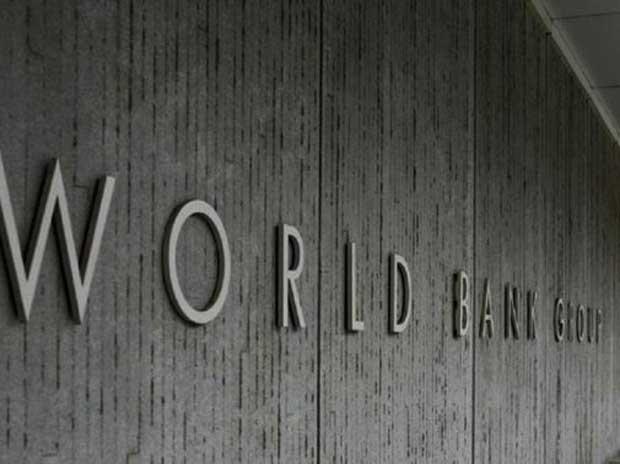
India's national bank will probably raise its expansion standpoint this week to reflect costlier oil, however leave acquiring costs consistent and tap other strategy apparatuses it's utilized before to help an economy confronting new dangers to recuperation.
All financial analysts reviewed by Bloomberg expect the Reserve Bank of India's six-part money related strategy board of trustees to hold the benchmark repurchase rate at 4% Friday, while only three out of 27 surveyed as of Wednesday see a climb in the opposite repurchase rate.
That will move the concentration to any changes in language in the strategy explanation, as financial backers search for indications of normalizing money related settings.
This is what to look for in Governor Shaktikanta Das' discourse after the MPC meeting at 10 a.m. in Mumbai on Friday:
The critical important point from Das will be on how the RBI intends to help the public authority's 14.31 trillion rupee ($189 billion) obligation program, while holding the sovereign's acquiring costs under wraps when quicker worldwide approach standardization is pushing yields higher.
Keeping a top on costs is urgent for Prime Minister Narendra Modi's administration as it tries to support spending on framework, making position and expanding usefulness in the economy.
Assumptions are for the RBI to restore open-market activities or resort to Operation Twists, wherein it purchases longer securities and sells more limited dated notes, to supply support the market in the midst of record obligation. The two measures were utilized by the bank during the stature of the pandemic, in spite of the fact that merchants aren't expecting a declared buy plan.


















